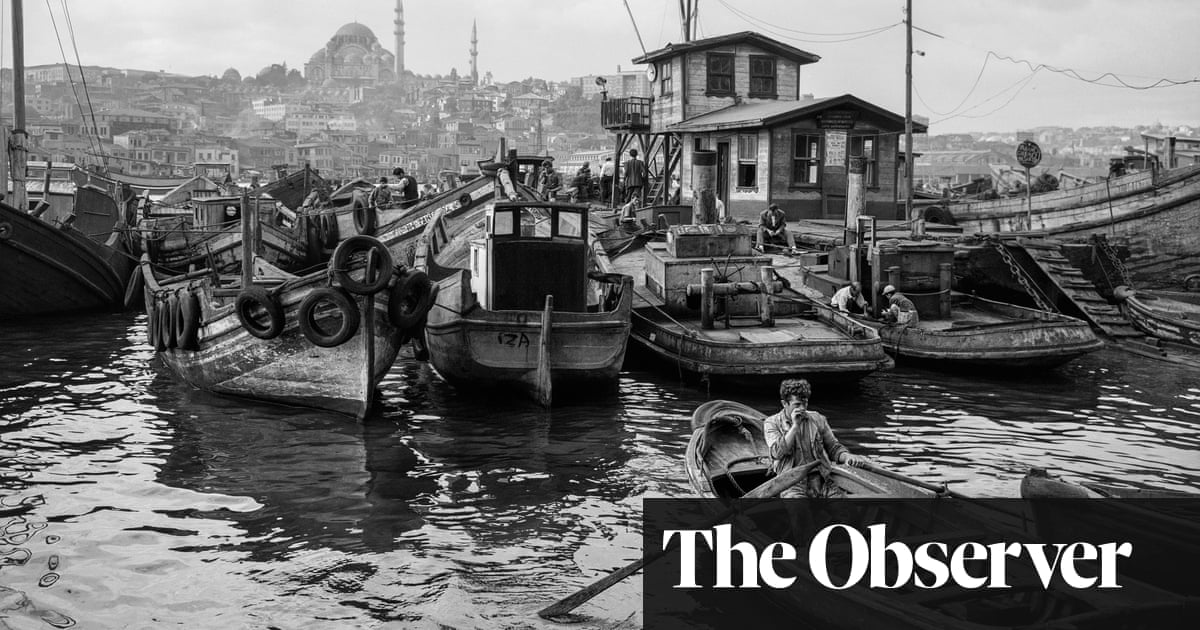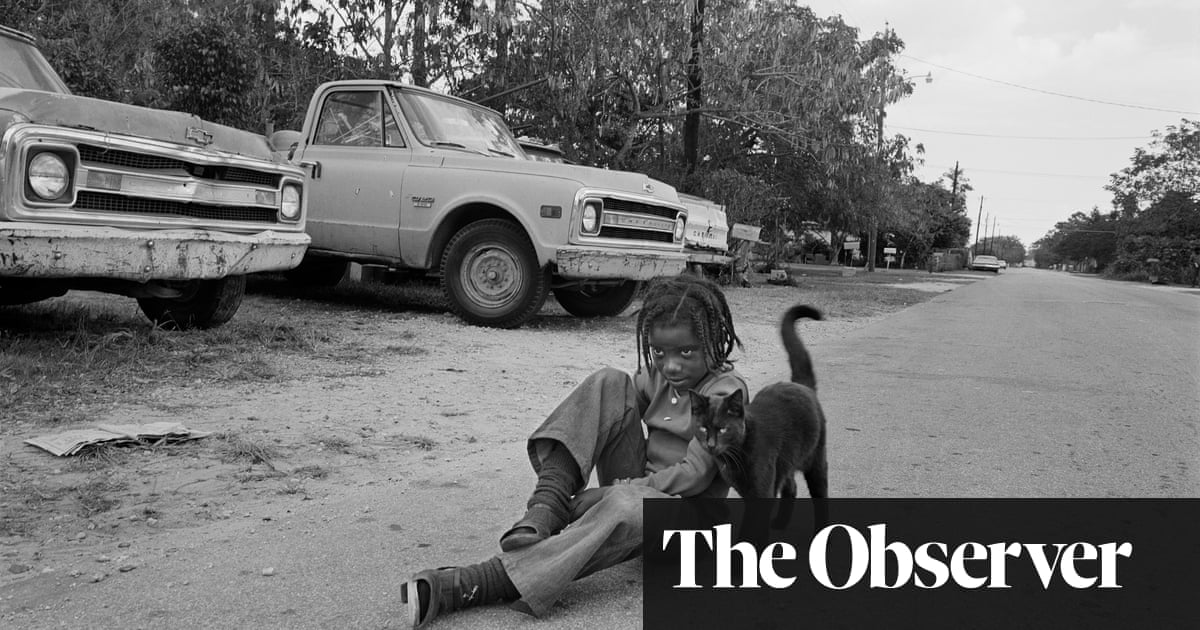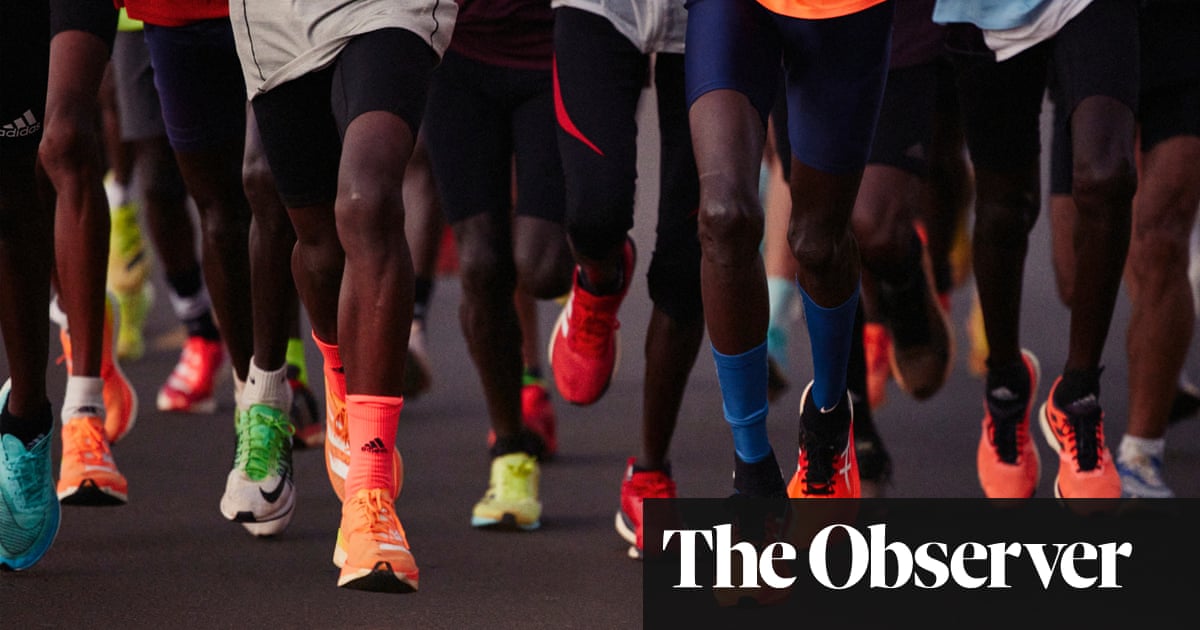
The French photographer born Pierre Verger made two tours of the US in the 1930s, crossing the country by train for the magazine Paris-soir, documenting predominantly black communities in Harlem and the south in a time of segregation. The pictures the magazine chose illustrated a series of articles on the hardships of life in the depression-era US, but new studies of Verger’s archive show a greater range of interest in his pictures, many of which celebrated jazz age nightlife and an emergent professional class. The rediscovered images are collected in a new book that offers a nuanced portrait of black America before the war.
This picture was taken in the French market in New Orleans in 1934. Its conspiratorial intimacy is typical of much of Verger’s work. From the years when the Farm Security Administration was commissioning and carefully curating Dorothea Lange’s and Walker Evans’s indelible images of rural poverty – concentrating on white families – Verger’s pictures offer a different perspective: thoughtful, often hopeful images of arresting individuals in black communities, full of aspirational intent and not shy of beauty.
In the years that followed, up until his death at the age of 93 in 1996, Verger devoted his life to the study of the African diaspora across the world, always alive to human joys as well as social hardships. In the 1940s, he settled in Salvador in Bahia, Brazil, where he established a cultural foundation that houses his archive of 62,000 negatives, among which these American pictures were rediscovered. In 1953, Verger was initiated as a Yoruba grand priest in Benin, west Africa, and took the name Fatumbi (“reborn through divine oracle”); he also became a professor of ethnography, though the discipline did not interest him in the abstract: “I don’t like studying people,” he said. “What I like is to live with people and see how their lives are different from mine.”












